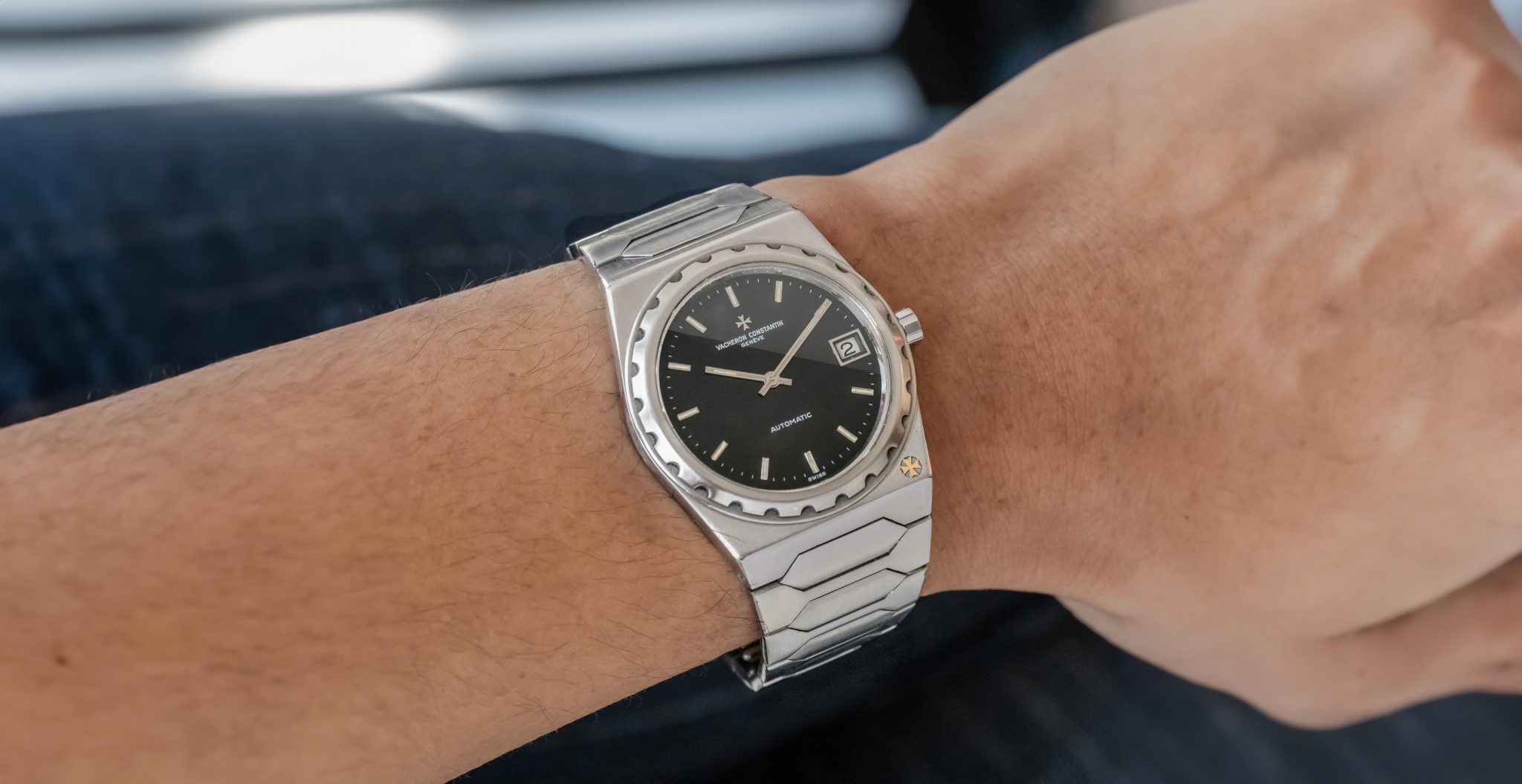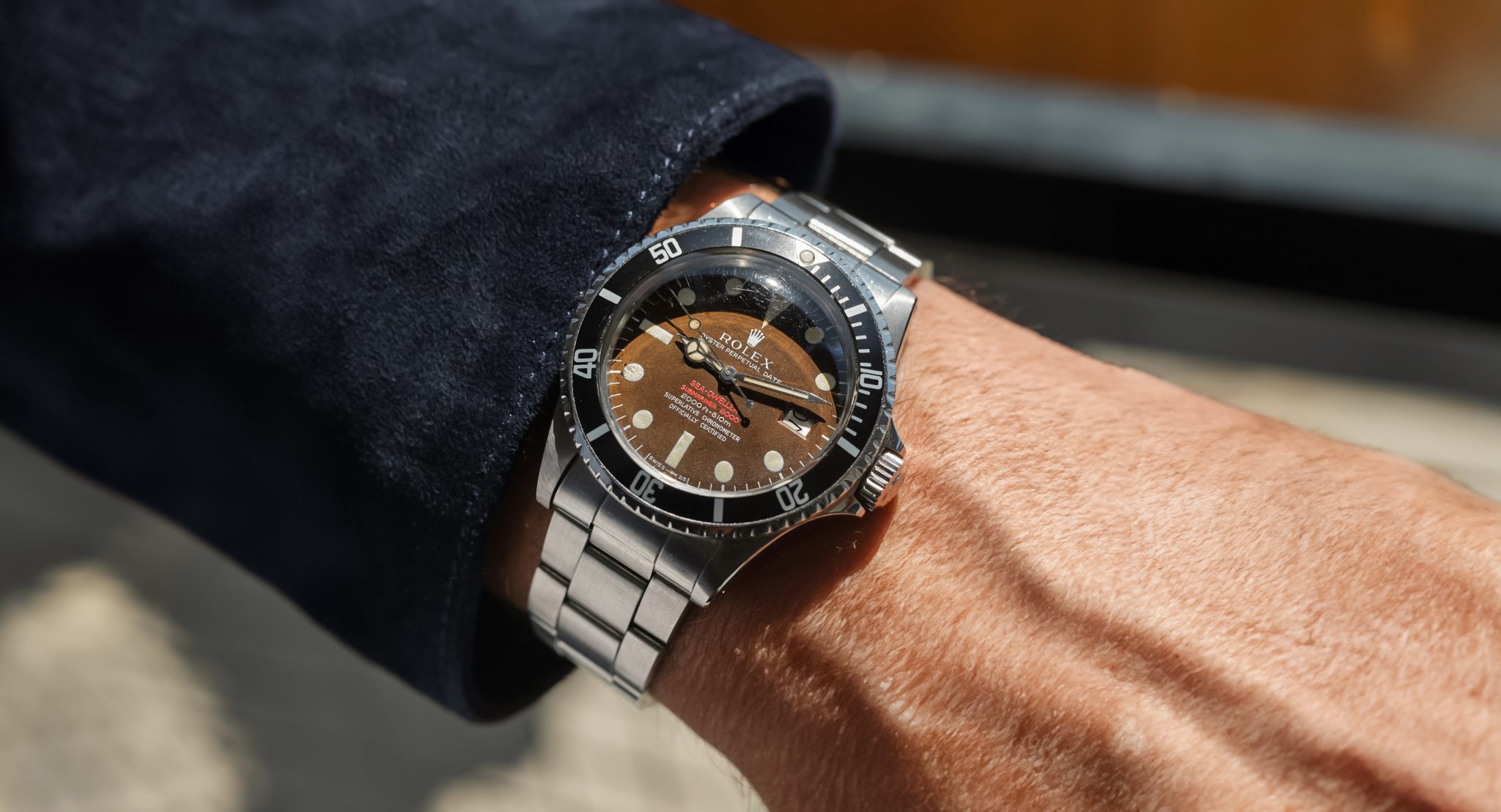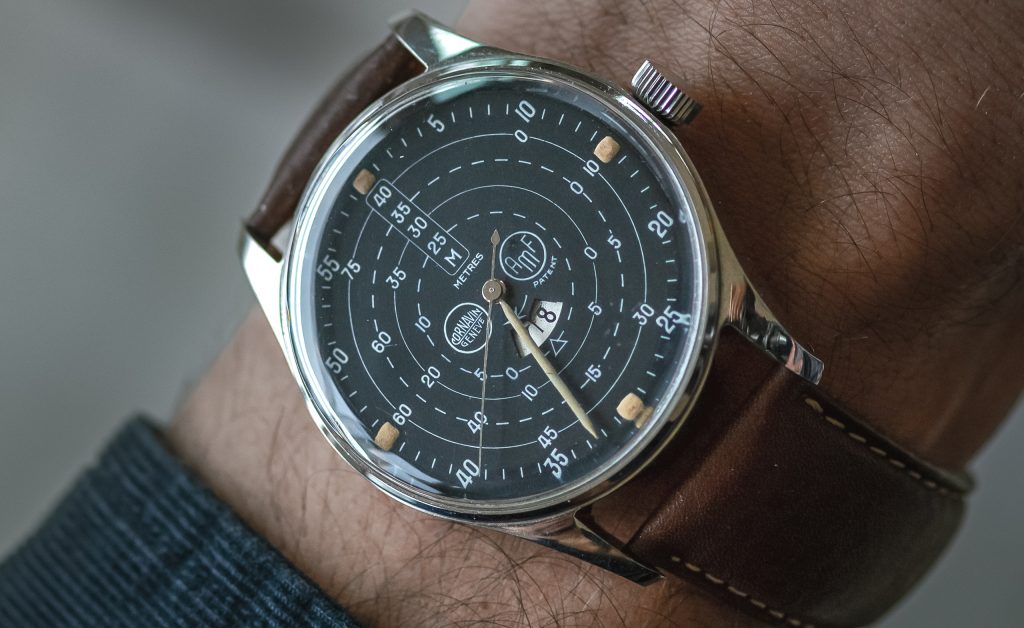
P810 Cornavin AMF Diver
I’ve never admitted this here, but there are certain very uncommon watches for which I’ve made a mental contract with myself. The commitment is this: if I ever see one in the wild, I will start up a conversation with its wearer no matter how difficult the circumstances may be. It takes a not insignificant amount of intrigue, history, and nuance I’ve never admitted this here, but there are a handful of watches for which I’ve made a mental contract with myself. The commitment is this: if I ever see one in the wild, I will start up a conversation with its wearer no matter how difficult the circumstances may be. It takes a not insignificant amount of intrigue, history, and nuance for me to be this enthusiastic about something. Nonetheless, there are a certain few watches which nigh-on guarantee an interesting wearer. Such is the case with this P810, an early steel diver whose seriousness is matched only in the creativity of its design.
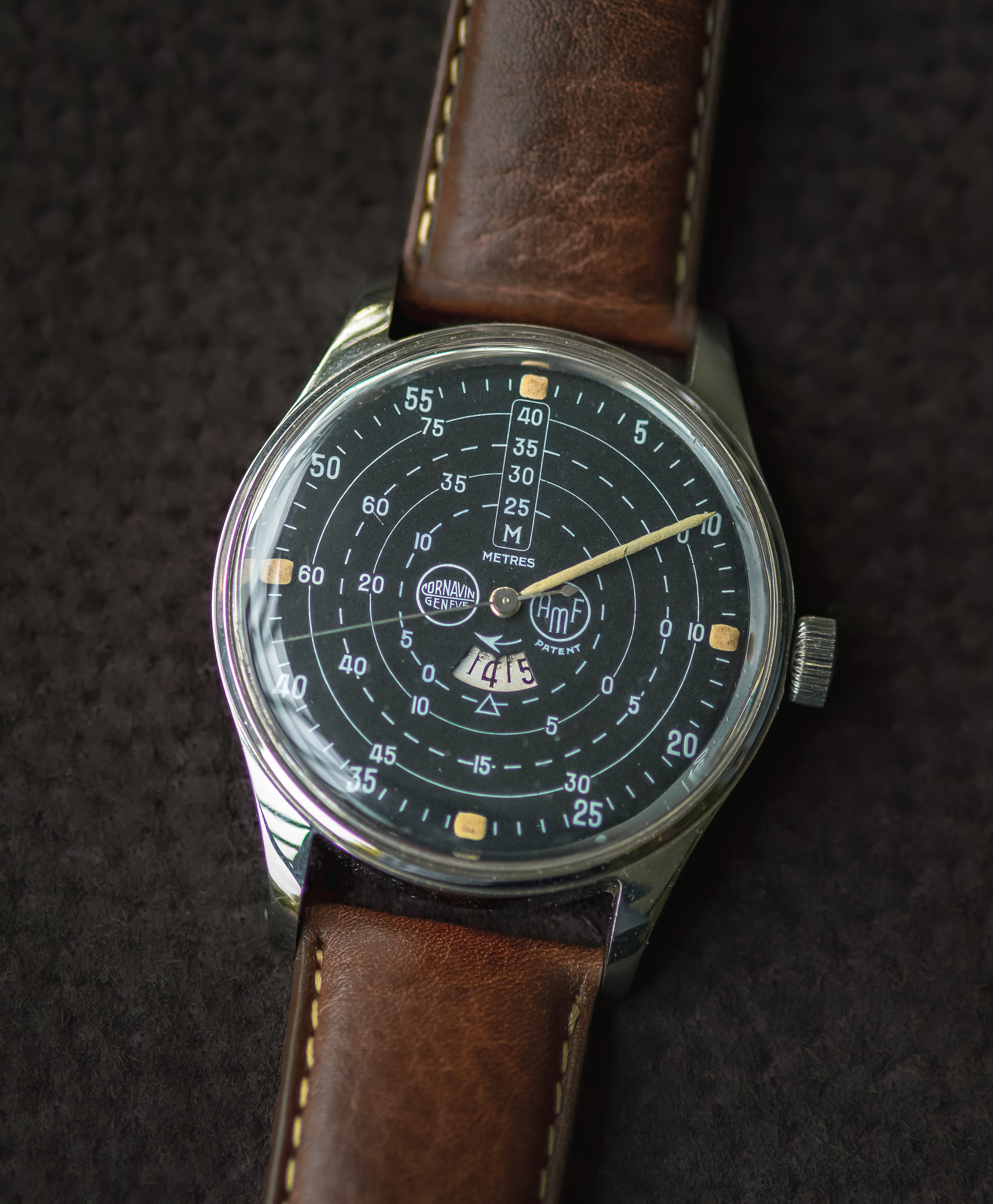
In the words of Antiquorum, ‘strangely little’ is known about the P810. That mystery is undoubtedly a component of its charm, perpetually some historic element is still left to discover. What is known is that Cornavin created the first dive watch with wandering hours around 1960, a complication simply meaning that hour indication is on a date-like wheel under a window, rotating through under the dial. This is highly unusual, as is the fact that its handset includes only a minute and running seconds. The equally unusual dial is entirely a series of decompression stages, used for divers to properly time out the intervals for which they’d have to hang out at a certain depth to resurface safely. Intervals are sectioned at 12-3-6-9 with fat radium squares, matched in the minute hand. Only a handful (seriously, double digits) of these are known to the market in the last few decades.
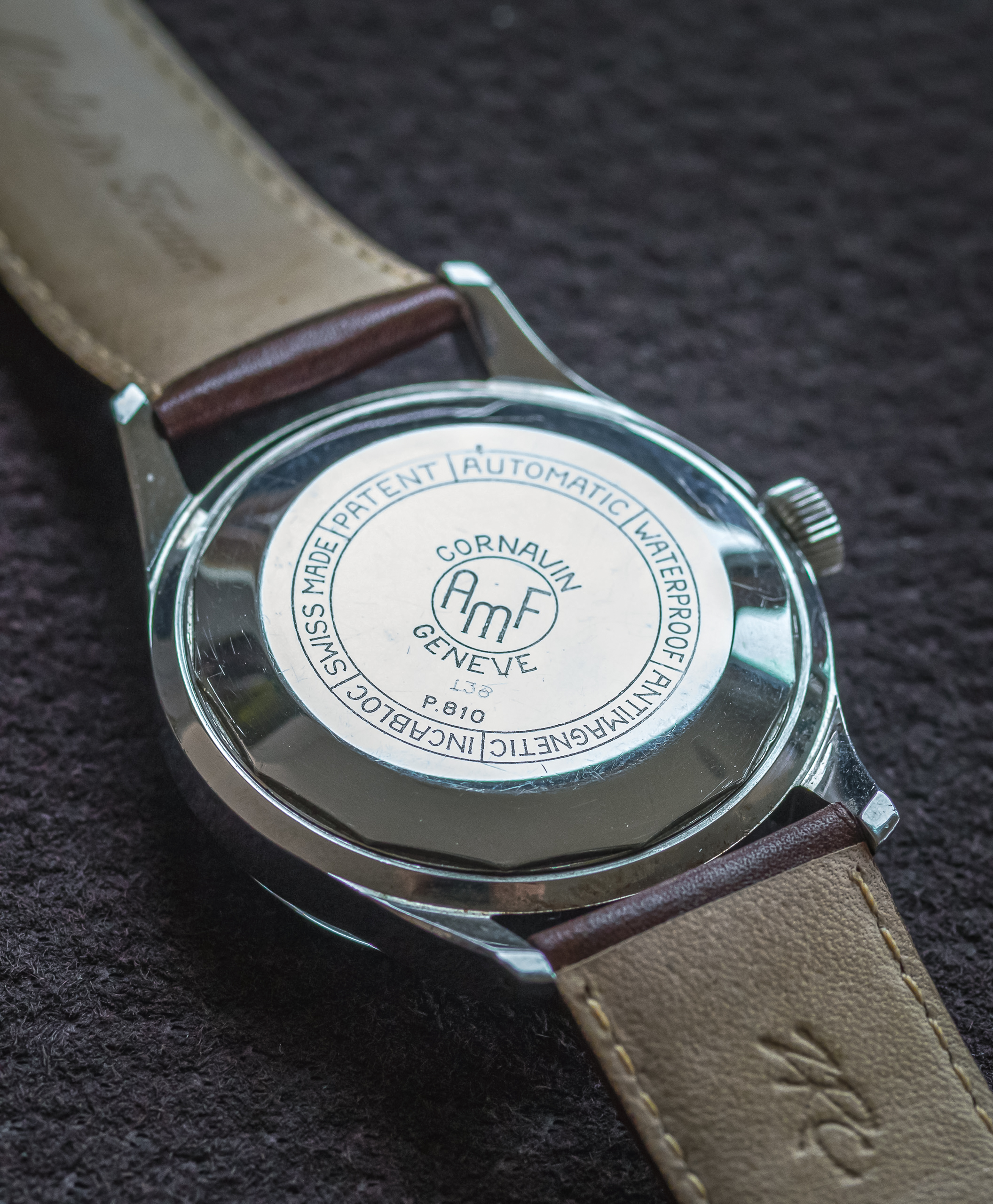
The 41.5mm steel case on this example is very full, with sharp edges still proud. The unsigned crown with a slight taper toward the case is correct. The decompression dial is still showing full print, with undegraded lume. Impressively, there isn’t even much radium burn across the surround plot area of hands. There is a small scratch noted under 60, however, compared to the abused state one normally finds these in that seems nearly-trivial. I believe these utilized a Felsa movement which should be relatively easily serviceable. I don’t know quite what to make of this 60s diver, aside from its obvious aesthetic charm; but then no one really seems to understand this outrageous design, so at least I’m not alone.
Find this P810 here from Malibu Watches for 14250 USD.







